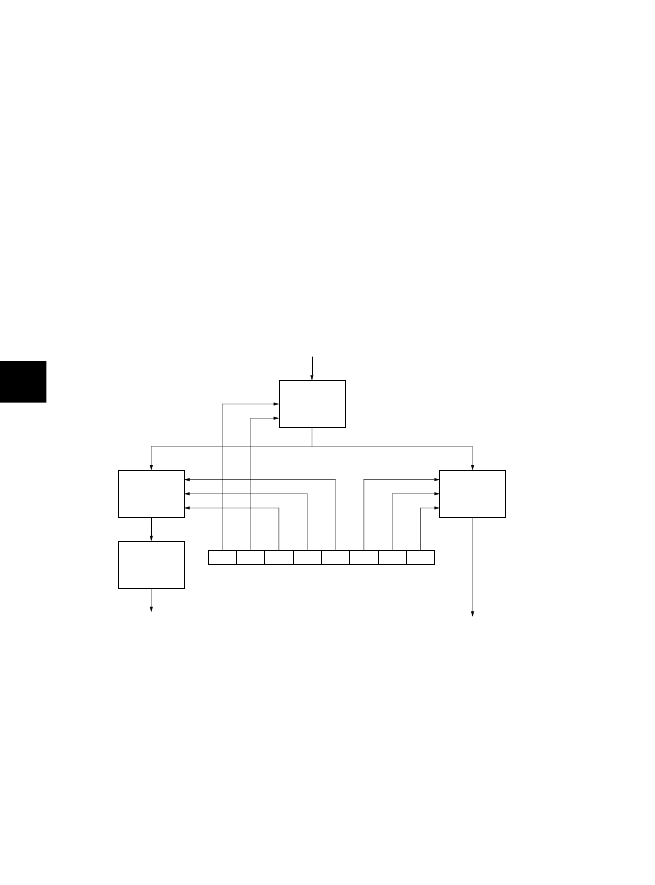- 您現(xiàn)在的位置:買賣IC網(wǎng) > PDF目錄371773 > HC05 (Motorola, Inc.) Bipolar Transistor; Transistor Polarity:Dual P Channel; Power Dissipation:20W; DC Current Gain Min (hfe):25; Collector Current:1A; DC Current Gain Max (hfe):200; Power (Ptot):20W PDF資料下載
參數(shù)資料
| 型號: | HC05 |
| 廠商: | Motorola, Inc. |
| 英文描述: | Bipolar Transistor; Transistor Polarity:Dual P Channel; Power Dissipation:20W; DC Current Gain Min (hfe):25; Collector Current:1A; DC Current Gain Max (hfe):200; Power (Ptot):20W |
| 中文描述: | 高密度互補金屬氧化物半導體(HCMOS)微控制器 |
| 文件頁數(shù): | 106/232頁 |
| 文件大小: | 1095K |
| 代理商: | HC05 |
第1頁第2頁第3頁第4頁第5頁第6頁第7頁第8頁第9頁第10頁第11頁第12頁第13頁第14頁第15頁第16頁第17頁第18頁第19頁第20頁第21頁第22頁第23頁第24頁第25頁第26頁第27頁第28頁第29頁第30頁第31頁第32頁第33頁第34頁第35頁第36頁第37頁第38頁第39頁第40頁第41頁第42頁第43頁第44頁第45頁第46頁第47頁第48頁第49頁第50頁第51頁第52頁第53頁第54頁第55頁第56頁第57頁第58頁第59頁第60頁第61頁第62頁第63頁第64頁第65頁第66頁第67頁第68頁第69頁第70頁第71頁第72頁第73頁第74頁第75頁第76頁第77頁第78頁第79頁第80頁第81頁第82頁第83頁第84頁第85頁第86頁第87頁第88頁第89頁第90頁第91頁第92頁第93頁第94頁第95頁第96頁第97頁第98頁第99頁第100頁第101頁第102頁第103頁第104頁第105頁當前第106頁第107頁第108頁第109頁第110頁第111頁第112頁第113頁第114頁第115頁第116頁第117頁第118頁第119頁第120頁第121頁第122頁第123頁第124頁第125頁第126頁第127頁第128頁第129頁第130頁第131頁第132頁第133頁第134頁第135頁第136頁第137頁第138頁第139頁第140頁第141頁第142頁第143頁第144頁第145頁第146頁第147頁第148頁第149頁第150頁第151頁第152頁第153頁第154頁第155頁第156頁第157頁第158頁第159頁第160頁第161頁第162頁第163頁第164頁第165頁第166頁第167頁第168頁第169頁第170頁第171頁第172頁第173頁第174頁第175頁第176頁第177頁第178頁第179頁第180頁第181頁第182頁第183頁第184頁第185頁第186頁第187頁第188頁第189頁第190頁第191頁第192頁第193頁第194頁第195頁第196頁第197頁第198頁第199頁第200頁第201頁第202頁第203頁第204頁第205頁第206頁第207頁第208頁第209頁第210頁第211頁第212頁第213頁第214頁第215頁第216頁第217頁第218頁第219頁第220頁第221頁第222頁第223頁第224頁第225頁第226頁第227頁第228頁第229頁第230頁第231頁第232頁

MOTOROLA
7-4
MC68HC05X16
Rev. 1
SERIAL COMMUNICATIONS INTERFACE
7
When SCDR is read, it contains the last data byte received, provided that the receiver is enabled.
The receive data register full flag bit (RDRF) in the SCSR is set to indicate that a data byte has
been transferred from the input serial shift register to the SCDR; this will cause an interrupt if the
receiver interrupt is enabled. The data transfer from the input serial shift register to the SCDR is
synchronized by the receiver bit rate clock. The OR (overrun), NF (noise), or FE (framing) error
flags in the SCSR may be set if data reception errors occurred.
An idle line interrupt is generated if the idle line interrupt is enabled and the IDLE bit (which detects
idle line transmission) in SCSR is set. This allows a receiver that is not in the wake-up mode to
detect the end of a message or the preamble of a new message, or to resynchronize with the
transmitter. A valid character must be received before the idle line condition or the IDLE bit will not
be set and idle line interrupt will not be generated.
The SCP0 and SCP1 bits function as a prescaler for SCR0–SCR2 to generate the receiver baud rate
and for SCT0–SCT2 to generate the transmitter baud rate. Together, these eight bits provide multiple
transmitter/receiver rate combinations for a given crystal frequency (see
Figure 7-2
). This register
should only be written to while both the transmitter and receiver are disabled (TE=0, RE=0).
Figure 7-2
SCI rate generator division
SCP1
SPC0
SCT2
SCT1
SCT0
SCR2
SCR1
SCR0
Internal processor clock
SCP0 – SCP1
prescaler
rate control
(
NP)
SCR0 – SCR2
receiver
(
NR)
SCT0 – SCT2
transmtter
rate control
(
NT)
÷
16
Transmtter clock
Receiver clock
rate control
7
6
5
4
3
2
1
0
$000D
Baud rate register
Note:
There is a fixed rate divide-by-16 before the transmitter to compensate for the inherent divide-by-16 of
the receiver (sampling). This means that by loading the same value for both the transmitter and receiver
baud rate selector, the same baud rates can be obtained.
相關PDF資料 |
PDF描述 |
|---|---|
| HC1-5502A-7 | Subscriber Line Interface Circuit |
| HC4P-5502A-7 | Subscriber Line Interface Circuit |
| HC1062A | Low Voltage Telephone Speech Transmission Circuit / High/Low Level Mute |
| HC1198 | Peripheral IC |
| HC1199 | Peripheral IC |
相關代理商/技術參數(shù) |
參數(shù)描述 |
|---|---|
| HC0500 | 制造商:Alltrade Tools LLC 功能描述:4OZ CROSS PEIN HAMMER |
| HC0502 | 制造商:Alltrade Tools LLC 功能描述:12OZ CROSS PEIN HAMMER |
| HC0503 | 制造商:Alltrade Tools LLC 功能描述:HAMMER-BALL PEIN 4OZ |
| HC0504 | 制造商:Alltrade Tools LLC 功能描述:HAMMER-BALL PEIN 8OZ |
| HC0505 | 制造商:Alltrade Tools LLC 功能描述:HAMMER-BALL PEIN 1LB |
發(fā)布緊急采購,3分鐘左右您將得到回復。